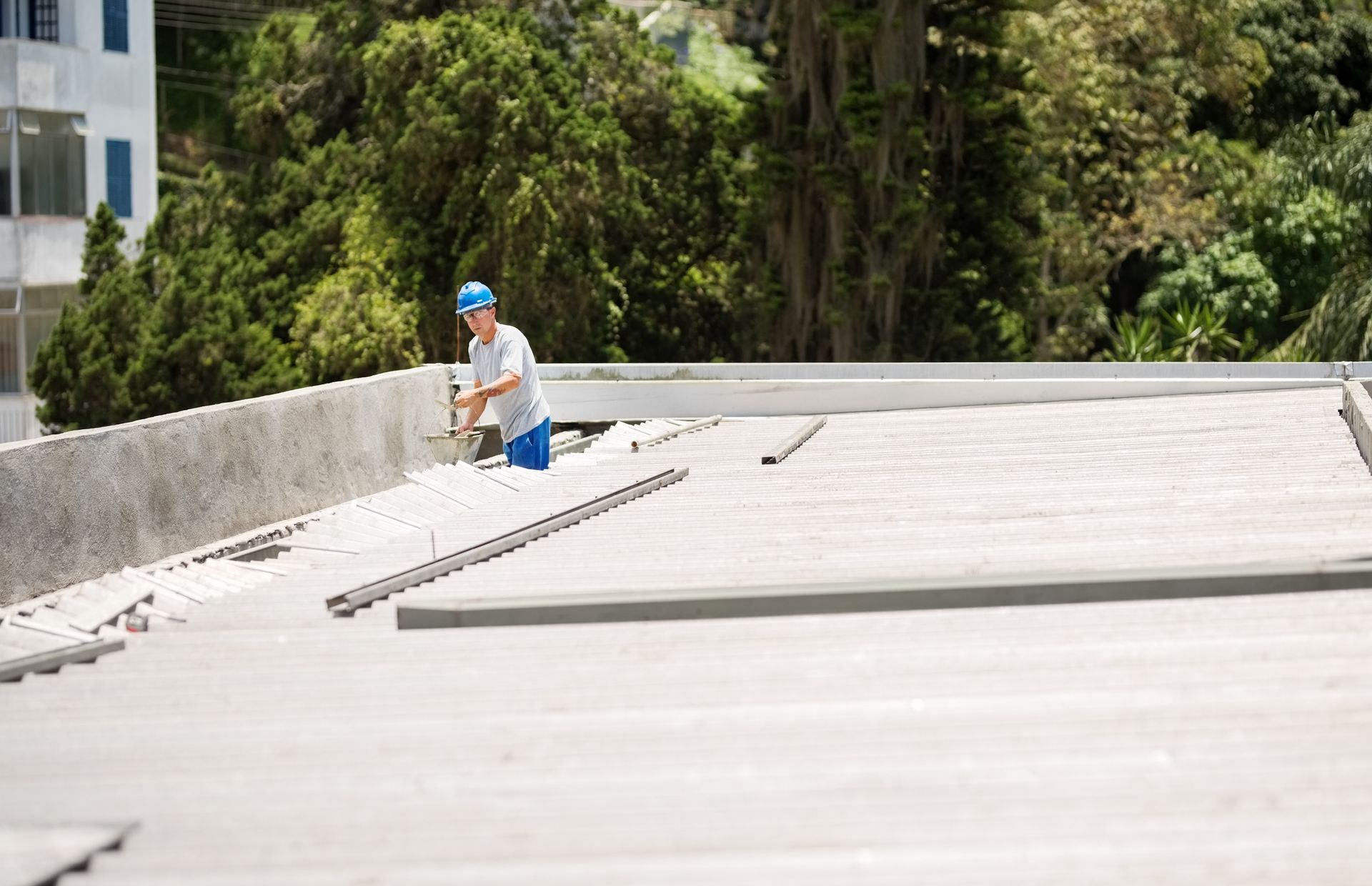By BooAdmin
•
July 12, 2023
Trees are a nice addition to your property. Besides the beauty that trees add to your yard, trees are a great source of shade, especially during the hot season. Also, trees improve your outdoor air quality, and if you wish to sell your house, trees can help boost the property’s value. However, if you are not mindful of your tree-planting and maintenance habits, trees can be detrimental to your roof. Discover how trees can damage your roof and the steps to take to prevent the issues. 1. Too Much Shade May Cause Moss Growth While trees are great for shade during the hot season, too much shade will cause more harm than good. Excess shade on the roof prevents moisture evaporation, which results in a damp environment on the roof, ideal for mold and moss growth. Moss can make your roof look neglected, creating a negative impression, especially if you plan to sell your property. Additionally, moss may eat away at the shingles to cause premature wear. Prevent this issue by trimming branches regularly. And if your roof already shows signs of moss growth, consult a professional roofer to inspect and determine the extent of the damage. This way, the specialist can recommend if the affected areas need repairs or if simple cleaning can do the trick. 2. Branches May Fall on or Scratch the Roof As tree branches overgrow, their weight increases, making them more susceptible to breaking and falling. If the trees are close to your property, the limbs will likely fall on the roof and could cause major dents. Falling branches are a common issue, especially during strong winds. And besides threatening the roof’s integrity, the limbs put your loved ones at risk of injuries. Furthermore, even if the branches are strong enough not to fall, they will likely scratch against your roof and make it prone to leaks. Again, you can prevent this issue by trimming overhanging branches on time. Also, inspect the trees for signs of unhealthy or dead branches, and remove them. 3. Trees Leaves May Block Gutters Gutters are a critical part of a functional roof. This component channels water away from the roof, so if the gutter fails, the roof is at a high risk of water damage. Tree leaves may fall and accumulate in the gutters. Over time, the leaves cause a blockage, restricting the smooth passage of water. Consequently, water may start to back up and pool on the roof. The water may then cause structural damage to the roof and seep the shingles to cause leaks. Moreover, falling leaves may accumulate on the roof itself. The leaves then trap moisture and may start rotting, which is unsightly and may weaken the roof. The accumulated moisture also creates a thriving environment for mold growth, which further damages the roof. To prevent such problems, clean the gutters and leaves regularly. Entrust this task to a professional with the skills and tools to clean these components safely. 4. Weak Trees May Fall on the Roof If you have an old or unhealthy tree on your property, your home and loved ones may be at risk of harm. Such trees may fall, especially during windy seasons, and due to the tree’s weight, it will likely cause major damage to your roof and the rest of your house. Prevent this issue by inspecting your trees regularly for signs of disease, rot, and leaf discoloration. And if you spot such signs, consult an arborist to remove the tree or recommend other safe remedies. Contact a reliable roofer as soon as you notice signs of damage for timely repairs. Jerry Newman Roofing & Remodeling Inc is your trusted partner for roofing needs. We will inspect and repair your roof and advise you on how best to protect your roof from tree damage. Contact Us for a consultation.
















